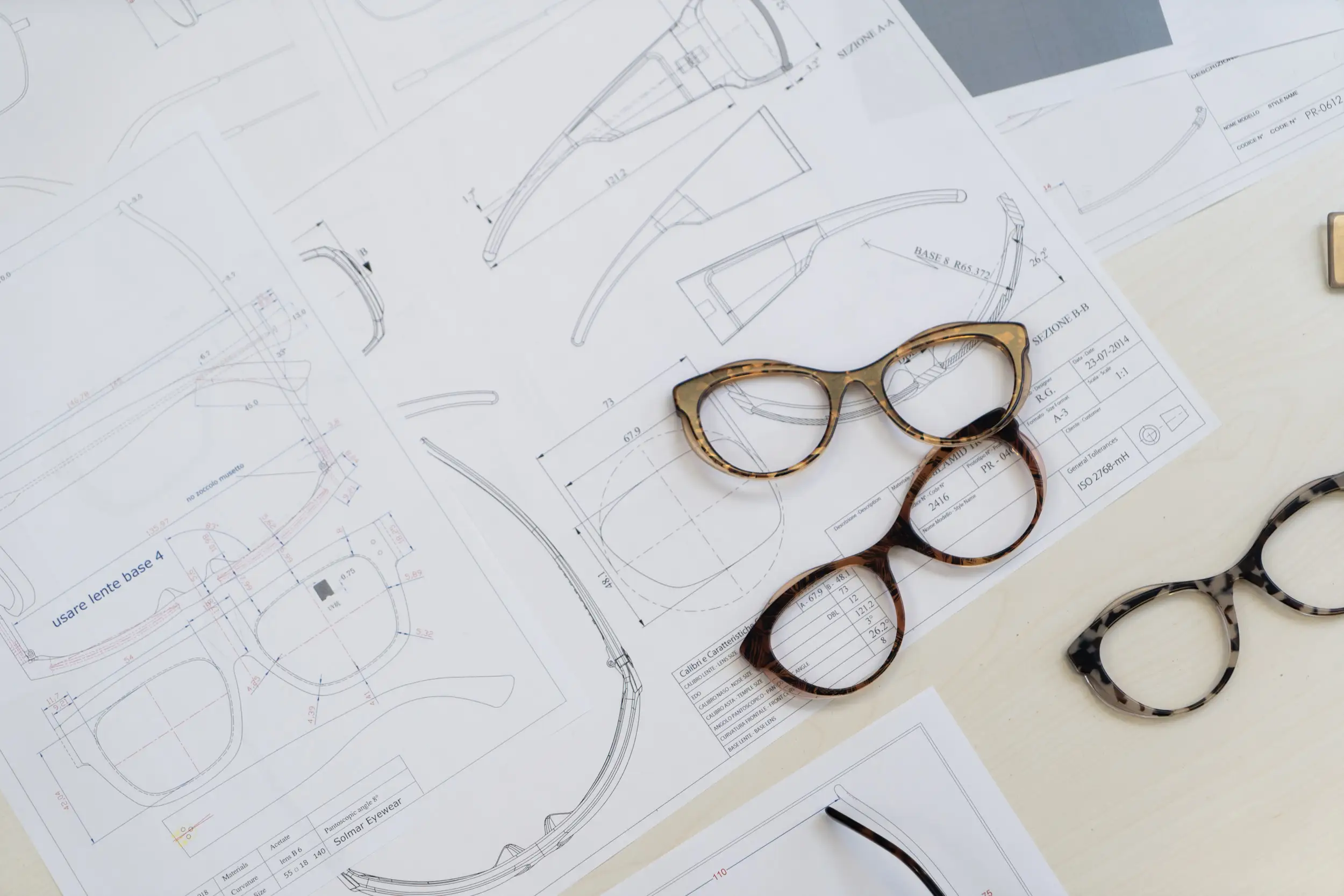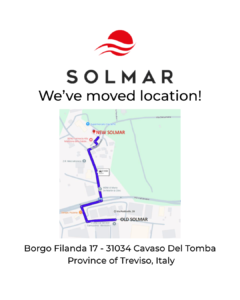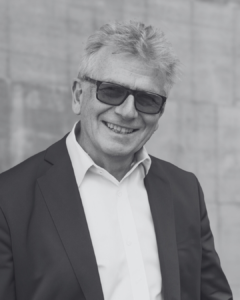Introduction
Eyewear often looks like the perfect brand extension – universal, high-margin, and instantly recognizable. And it can be. But while sunglasses may appear simple, creating a collection that truly reflects a brand’s identity takes the right expertise. With the right partner, eyewear becomes more than just an accessory – it becomes a powerful way to grow your brand’s reach and relevance.
Launching eyewear has many misconceptions which mainly involve underestimating the time, resource and expertise required for this category. Extending into this category is not as simple and quick as it may seem.
Here are just some of the most common misconceptions:
1. “Sunglasses are just another accessory, like bags or caps.”
Many assume eyewear development works like other accessories, when in reality it is heavily regulated. Sunglasses are considered a personal protective equipment (PPE) and have to follow health and safety requirements, which differ across countries such as EN ISO 12312-1 and Regulation 2016/425 for the EU, FDA Regulations and ANSI Z80.3.410 for the United States, AS/NZS 1067.1 for Australia and New Zealand. Just to mention some…
2. “Eyewear is quick to produce.”
Brands may expect sunglasses to be a fast add-on. But the process (design, prototyping, moulds, testing, compliance, packaging) is complex and typically takes 6–12 months if done properly.
3. “All sunglasses are made the same.”
Some believe it’s just about slapping a logo on a frame. Whilst yes, technically you can do this if you are white labelling. In reality, material quality (acetate vs injection molding), lens technology, hinges, and finishing dramatically affect both durability and brand reputation.
4. “Eyewear is low-risk because sizing doesn’t matter.”
While it’s true eyewear avoids clothing’s sizing issues, fit is still highly technical. Bridge fit, temple length, and ergonomics can make or break comfort – and poor fit can damage the brand’s image.
5. “Factories will handle everything.”
Brands often think factories can manage design, compliance and branding on their own. But without experienced oversight, quality and timelines can slip, and the collection may not reflect the brand’s DNA.
6. “It’s an easy cash cow.”
Yes, eyewear has strong margins, but only if brand alignment, quality, and distribution are done right. A rushed or poor-quality line can actually dilute brand equity instead of strengthening it.
In Summary
Extending into eyewear may seem simple, but the reality is far more complex. From strict compliance standards and technical design considerations to sourcing, quality control and ensuring the final product reflects your brand’s identity, sunglasses are not just a logo on a frame.
That’s where we come in. At SOLMAR, we specialize in guiding brands through the entire eyewear journey – from concept and prototyping to production, quality control, packaging and delivery. With over 50 years of experience and a track record that includes supporting globally recognised fashion brands, we know how to translate a brand’s DNA into eyewear collections that are both commercially successful and creatively authentic.
If you’re considering sunglasses as your next brand extension, we’d love to explore how we can help bring it to life.





